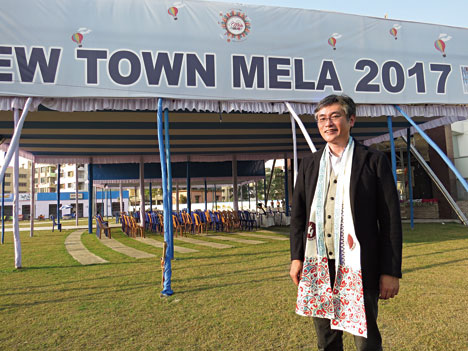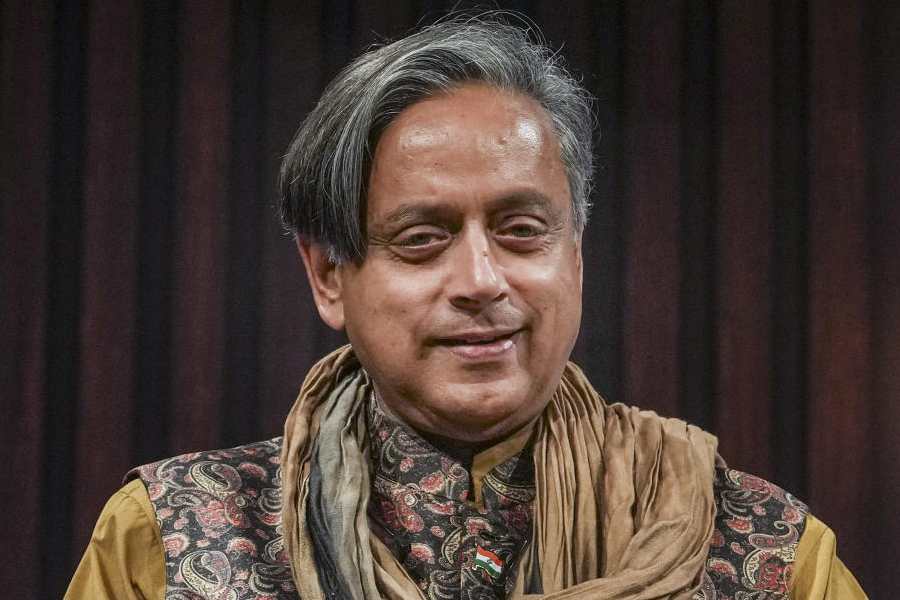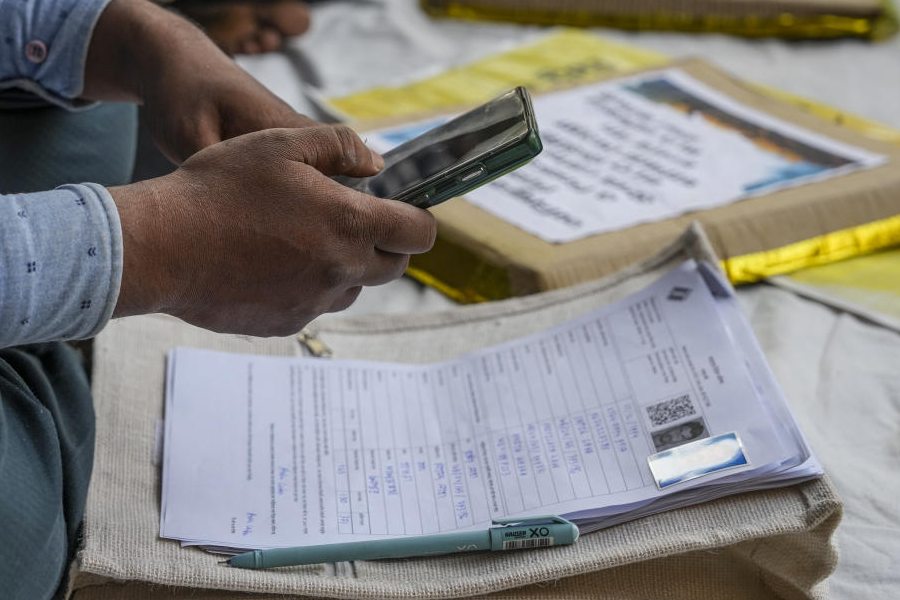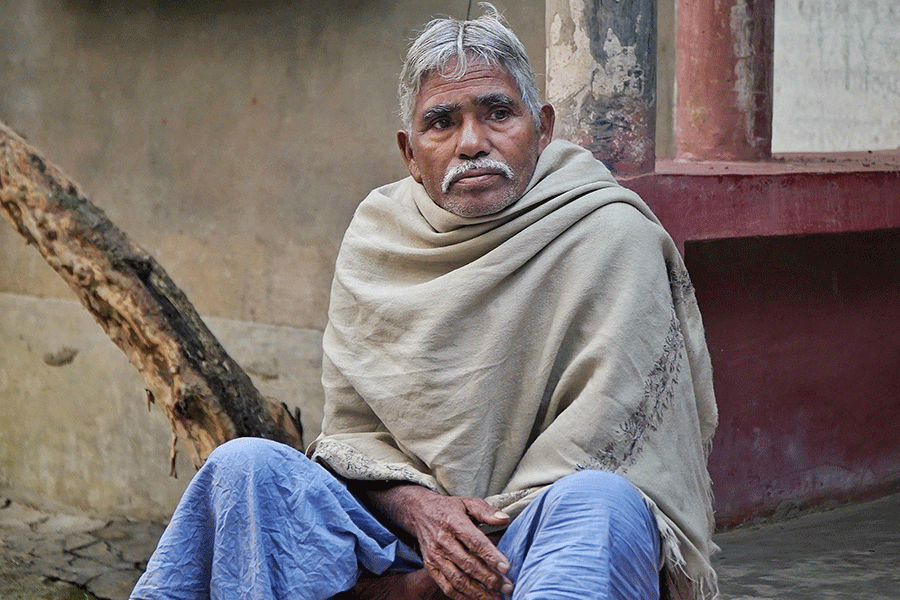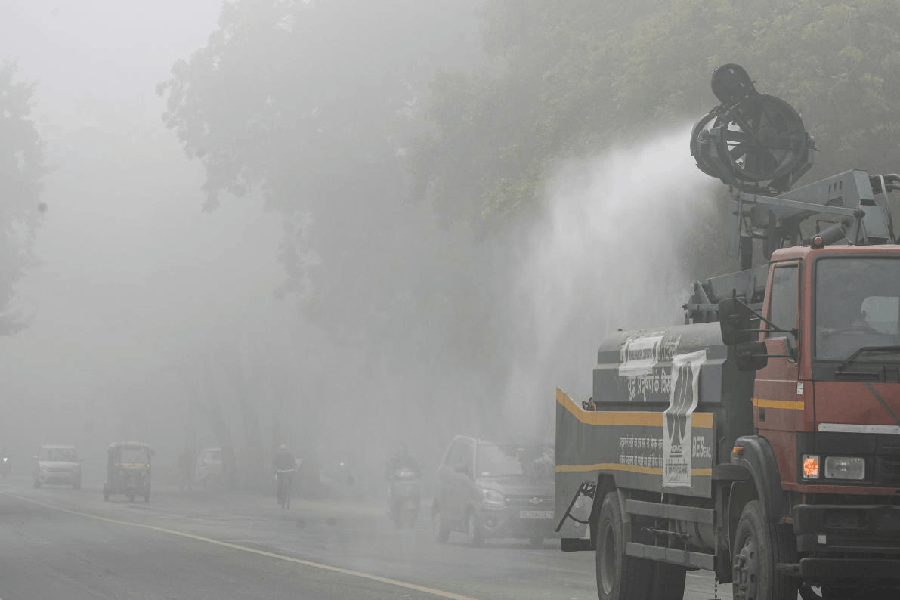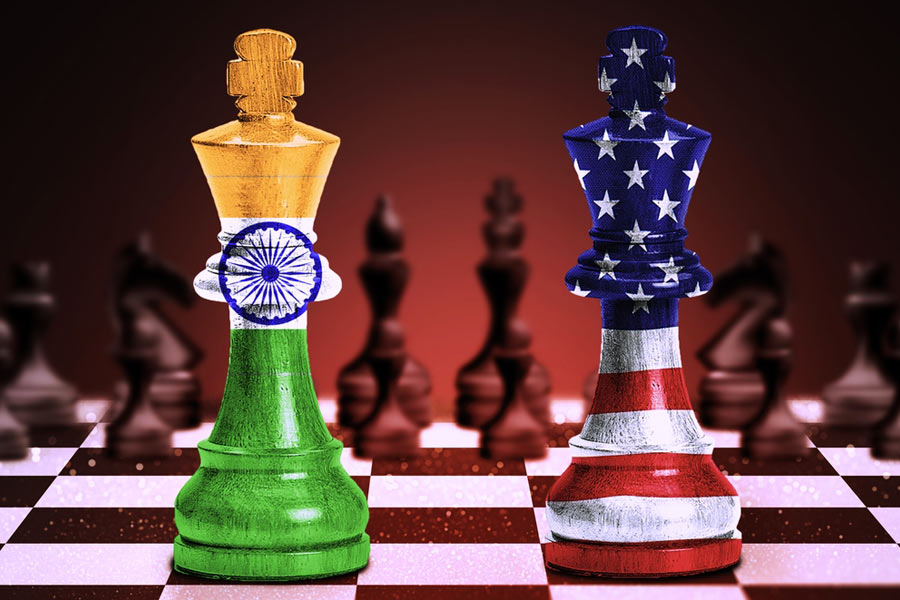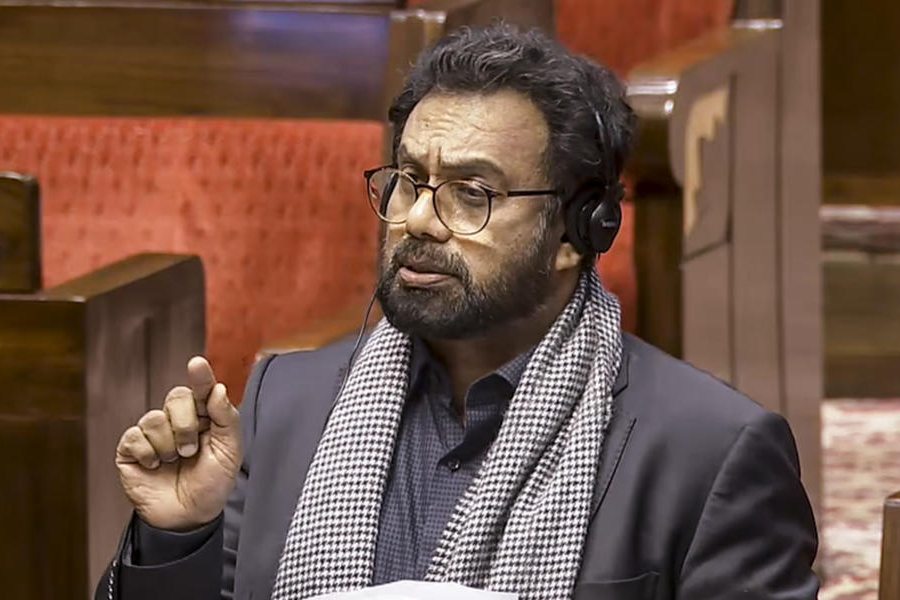
He teaches anatomy to medical students at the University of Tokyo. The rest of the time, when he is not busy researching the journey of organelles in human cells, he writes poetry in Japanese.
Yosuke Tanaka was a guest at the just-concluded New Town Book Fair. “My family name Tanaka means centre of the rice field,” smiled the 48-year-old cell biologist, lunching on noodles after the inauguration of the fair.
In Japan, traditional poetry is haiku or tanka, which are both fixed form. But contemporary poets like Tanaka prefer to write gendai-shi, which is free flowing.
He is also one of the few poets in Japan who studies and judges the musicality of poems. “Japanese is a musical language. So the pitch of the tone is very important. If the word hashi is uttered in a rising tone, with the second syllable being in a higher pitch, the word means edge. If the tone is falling, the word means chopsticks.”
Tanaka uses a trinary system of figures to describe the pitch structure of a poem. “So, 1 stands for low pitch, 2 for intermediate and 3 for high. Too much use of the intermediate makes the poem sound dull. I even judge poems on their musicality.”

Bringing out a book where the figures 1, 2 and 3 occur in various vertical combinations down the page, he says: “These are called numerical tanka. The few words you see on the sides of the figures are my comments as a judge.”
Poetry, he said, is a combination of message and music. “Readers focus only on the message. I want them to reflect on the artistic side of each word — its shape, its rhythm, the mix of Chinese and Japanese characters…”
The conversation veers to how Japanese has borrowed Kanji characters from China in the 5th century. Does that mean Japanese people can read Chinese? “They changed their grammar a lot down the years. The order of words now is totally different in the two languages. We can read ancient Chinese, from the time of say, Confucius.”
There was a movement after World War II to exclude Kanji characters from Japanese, replacing them with Western letters. “But that did not work. However, Korean, which too was influenced by Chinese, introduced hangul, an artificial combination of consonant and vowel parts. For example, ‘tat’ is one syllable in Korean.”
The editor-in-chief of the poetry magazine Kisaki refuses to accept that poetry is facing a crisis because of waning readership. “The reading habit itself is going down, not just for poetry but for novels too. Other poets worry but I am from science. Initially even our research papers are read by a handful but it gains currency as others start citing our work. For poetry, too, I believe readership will come with time. The crisis is more real and immediate in case of publishers. Sale of books has gone down. Many poets are asked to buy back copies of their own work.”
He feels young poets need commercial support. “Young researchers can have grants. But there is nothing for young poets.”
On second thoughts, he feels the problems of basic research and poetry are similar. “Pharmaceutical companies provide grants but not for basic research on aspects like how human body parts work though that may open new horizons.”
His own work published in 1998 in Cell, a revered journal on microbiology, can help invent new drugs for psychiatric ailments like Alzheimer’s and Parkinson’s diseases.
His identity as a scientist sits easy on the poet’s shoulder and vice versa. “Mokichi Saito, the father of modern tanka, started this trend of connecting a poet’s life with his poetry. It is called the araragi school. He even wrote a tanka on eels which he likes professionally as a psychiatrist.”
Tanaka is just back from the US where he attended a meeting in Philadelphia on cell biology and then he hopped over to University of Pennsylvania to record a video session on the Japanese World War I poet Ayukawa Nobuo.
“We need to redefine Japanese literature in the context of world literature in the post-colonial age without depending on US-based translators who are often biased.”

